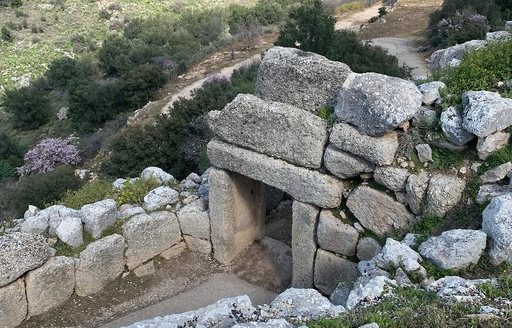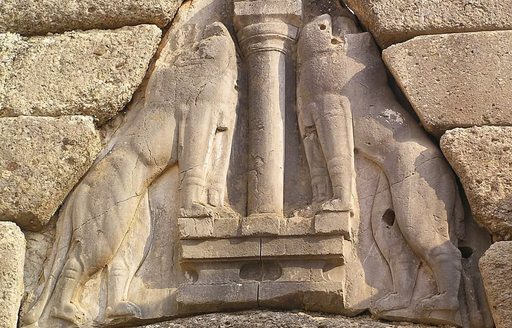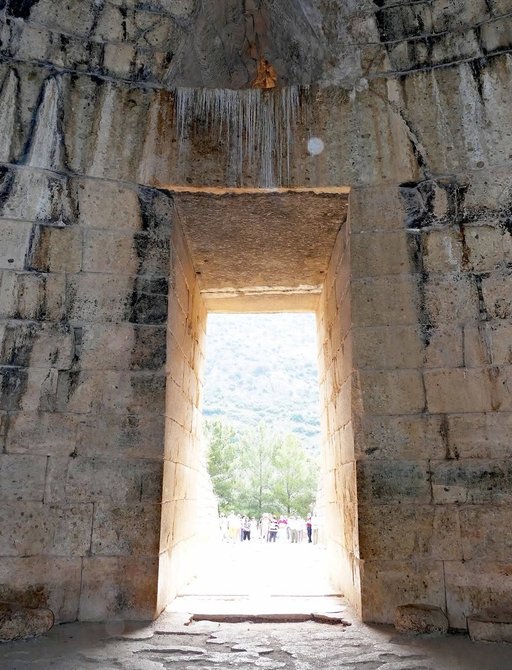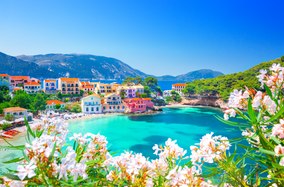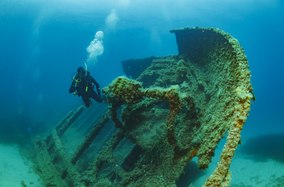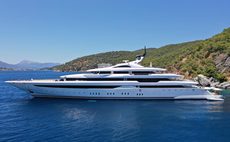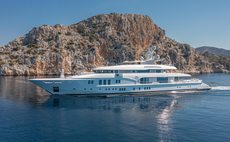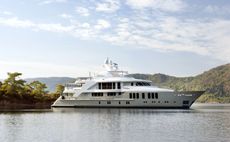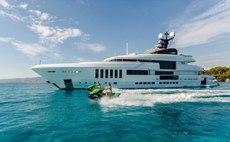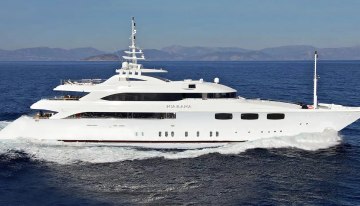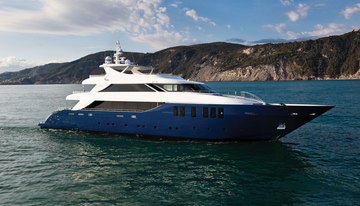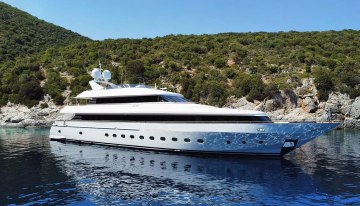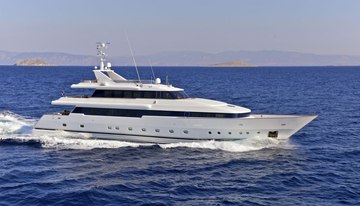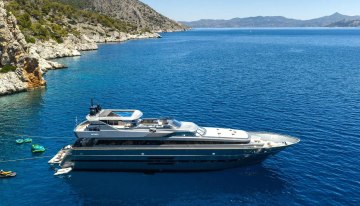The archaeological site of Mycenae, located just outside Nafplion, is one of the most impressive ancient sites in mainland Greece. Set on a hilltop with views over the Argive plain, it gives visitors a sense of scale, strategy, and power that defined this once-great city.
This is more than just ruins. It's a full walk-through of a civilization. Greece yacht charter guests pass through ancient gates, explore palace foundations, and trace old processional roads. From high defensive walls to deep tomb chambers, Mycenae still carries the weight of its history.
The Lion Gate is the site's most iconic feature. Carved lions face each other above the gate, marking the main entrance to the fortified city. Once inside, visitors move through areas once used for royal ceremonies, religious rituals, and high-level governance.
Massive Cyclopean walls surround the site, built with enormous limestone blocks. The palace area at the top of the hill includes a central court, the megaron (main hall), and side rooms for storage and administration. Each section offers insight into how organized and advanced Mycenaean life was.
Nearby, visitors attending from Mediterranean yacht charters can expect to find Grave Circle A, which includes deep shaft graves filled with gold and luxury items, and Circle B outside the walls, showing the earlier stages of royal burial practices. Further out lies the Treasury of Atreus, a large beehive tomb with a soaring dome and enormous lintel stones.
Scattered around the citadel are smaller buildings - workshops, shrines, and homes. At the House of the Oil-Merchant, clay tablets show that workers once produced and exported perfumes. The remains of a complex water system, including an underground spring, highlight how well the city was built for survival during sieges.
While the myths are rich, the real history is just as impressive. By 1350 BC, Mycenae had become a central power in the Aegean world. Monumental buildings, tombs, and imported goods from across the Mediterranean show the city’s wealth and connections.
Around 1200 BC, an earthquake and other disasters led to its decline. Although later inhabited, the site in Nafplion never returned to its earlier prominence.
After being abandoned for centuries, Mycenae drew the attention of travelers and archaeologists in the 19th century. Heinrich Schliemann’s 1876 excavations brought global interest, especially with the discovery of gold funerary masks.
Excavation, restoration, and conservation have continued since then. Today, the site is well-preserved and easy to explore, making it a must-see for those exploring the Peloponnese. A nearby museum helps bring context to the objects found across the site.
A short trip from the port of Nafplio, home to the Mediterranean Yacht Show (MEDYS), a visit to Mycenae adds a powerful historical stop to an East Mediterranean yacht charter. To find out more about integrating a visit into a luxury yacht charter in Greece, contact your preferred yacht charter broker today for more information.
Alternatively, browse the full collection of luxury charter yachts available on YachtCharterFleet across every major cruising region.
Inspiration for Greece yacht charters


